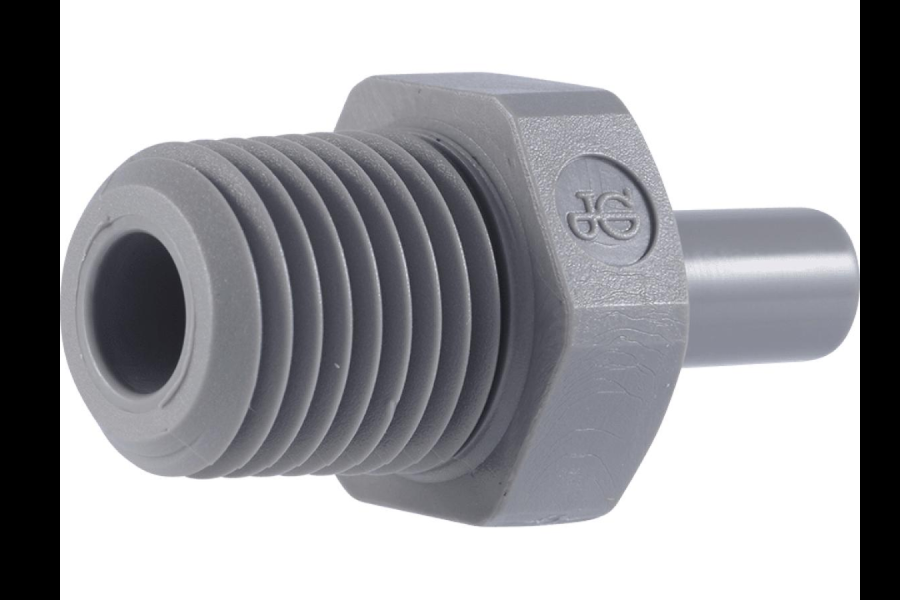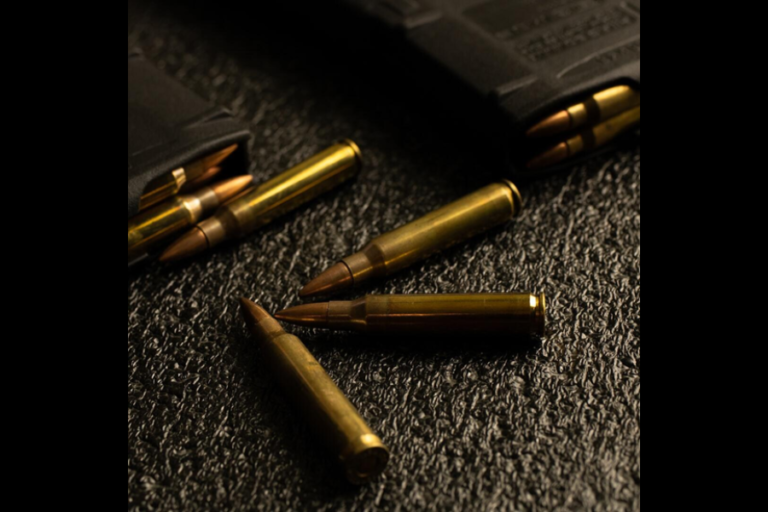Why You Need a 9007BSPP to NPTF Fitting for International Systems
Introduction:
In plumbing and hydraulic systems, choosing the correct fittings is essential for ensuring leak-proof, secure connections. Among the many options available, British Standard Pipe Parallel (BSPP) and National Pipe Tapered Fuel (NPTF) thread types are commonly used. These two standards are prevalent in different regions, particularly the UK and the US, and are integral to various hydraulic systems. When working across these regions, a 9007BSPP to NPTF fitting becomes a crucial tool, allowing the seamless integration of components with different thread standards.
Understanding the differences between these two thread types and how they can be adapted is vital for anyone working with piping systems. In this article, we’ll dive into what a 9007BSPP to NPTF fitting is, where it’s used, and why it’s important.
BSPP Fittings: An Overview
British Standard Pipe Parallel (BSPP) fittings come from a thread standard commonly used in the UK, Europe, and other regions. Unlike tapered threads, BSPP fittings have straight threads, which means their diameter remains constant along the length of the fitting. Because of this design, BSPP fittings typically require additional seals, like O-rings or washers, to create a leak-proof connection.
The 9007BSPP to NPTF fitting is a specialized adapter that allows BSPP fittings to be connected to systems using NPTF threads, providing a bridge between British and American thread standards.
NPTF Fittings: A Closer Look
National Pipe Tapered Fuel (NPTF) fittings, primarily used in the United States, feature tapered threads that decrease in diameter along the fitting’s length. This tapering allows the threads to compress together when tightened, forming a dry, leak-proof seal without needing additional sealing materials like tape or sealant.
The 9007BSPP to NPTF fitting is essential for connecting BSPP-threaded components to NPTF systems, enabling the integration of British and American standards in hydraulic systems.
Why Thread Compatibility Matters
In hydraulic and plumbing systems, ensuring thread compatibility is critical. Using the wrong type of fitting can result in leaks, malfunctions, or even system failure. The 9007BSPP to NPTF fitting provides a solution by allowing components with British BSPP threads to connect securely
to American NPTF threads, ensuring the system operates smoothly without compromising safety or efficiency.
Applications of the 9007BSPP to NPTF Fitting
The 9007BSPP to NPTF fitting is widely used in industries like manufacturing, automotive, and aerospace, where hydraulic and pneumatic systems often require reliable connections across different standards. European products often feature BSPP threads, while American products use NPTF threads. This fitting ensures these components can be connected seamlessly, regardless of their origin.
For example, in hydraulic machines, fuel systems, and even some plumbing applications, connecting parts with different thread types is common. The 9007BSPP to NPTF fitting makes it possible to integrate these components without compromising the integrity of the system.
How 9007BSPP to NPTF Fittings Work
Essentially, the 9007BSPP to NPTF fitting acts as an adapter. One end has BSPP threads to connect to British components, while the other end features NPTF threads to connect to American components. This dual design allows the integration of different thread types into a single system, ensuring compatibility and functionality.
When installing this fitting, it’s important to tighten the components properly. The BSPP end may require an O-ring or other sealing material to ensure a secure connection, while the NPTF end relies on its tapered design for a dry seal.
Global Operations and the Role of the 9007BSPP to NPTF Fitting
In today’s global marketplace, machinery is often built in one region and shipped for use in another, where different engineering standards may apply. For instance, equipment made in Europe might feature BSPP threads, while American infrastructure uses NPTF threads. The 9007BSPP to NPTF fitting solves this problem by allowing these international components to be used together without the need for extensive retrofits or replacements.
For companies operating across multiple regions, this fitting can save both time and money by allowing existing equipment to be adapted rather than replaced, making it a vital component for global engineering teams.
Common Challenges with Thread Conversion
While the 9007BSPP to NPTF fitting is a convenient solution for thread conversion, it comes with its own set of challenges. One of the most common issues is ensuring that the fitting is properly aligned and tightened. Misaligned threads or improper installation can lead to leaks and system failures.
Additionally, choosing the right sealing materials is crucial. While the NPTF side typically does not require additional seals, the BSPP end usually needs an O-ring or other material to ensure a secure connection. Using the wrong type of seal can result in system failure and costly repairs.
Materials for 9007BSPP to NPTF Fittings
These fittings are typically made from durable materials such as stainless steel, brass, or carbon steel. Each material offers different benefits depending on the application. For example, stainless steel fittings are ideal for corrosive environments like marine or chemical industries, while brass fittings are often used in less harsh conditions where corrosion resistance is still
important.
Selecting the right material for your fitting is crucial to ensure it can withstand the specific pressures and environments of your system.
Choosing the Right 9007BSPP to NPTF Fitting
When selecting a 9007BSPP to NPTF fitting, it’s important to consider factors like pressure rating, temperature tolerance, and material compatibility. Different industries and applications will have varying requirements, so it’s essential to choose a fitting that meets the specific demands of your system to ensure safety and reliability.
Additionally, selecting the correct size is crucial. An improperly sized fitting can lead to leaks, malfunctions, or even system failure, so always ensure that the fitting matches the components it’s intended to connect.
FAQs:
1. What is a 9007BSPP to NPTF fitting?
A 9007BSPP to NPTF fitting is an adapter used to connect components with British Standard Pipe Parallel (BSPP) threads to those with National Pipe Tapered Fuel (NPTF) threads, enabling compatibility between British and American hydraulic systems.
2. Where is the 9007BSPP to NPTF fitting used?
This fitting is widely used in industries like manufacturing, automotive, aerospace, and hydraulic systems that involve global equipment, where British and American thread standards need to be integrated.
3. Why do BSPP and NPTF fittings need an adapter?
BSPP fittings have parallel threads, while NPTF fittings have tapered threads. The 9007BSPP to NPTF adapter bridges these different thread designs, allowing them to be used together without causing leaks or system failures.
4. Do I need additional sealing materials when using a 9007BSPP to NPTF fitting?
Yes, for the BSPP side of the fitting, additional sealing materials like O-rings or washers are typically required to ensure a leak-proof connection. The NPTF side, however, forms a dry seal without the need for extra sealing materials.
5. What materials are 9007BSPP to NPTF fittings made from?
These fittings are commonly made from materials like stainless steel, brass, or carbon steel. The choice of material depends on the specific application, environment, and required durability.
6. How do I ensure a proper installation of a 9007BSPP to NPTF fitting?
Ensure that the threads are aligned properly before tightening the fitting. The BSPP end typically requires additional sealing, while the NPTF end relies on its tapering design to create a seal. Tightening to the correct specifications is crucial to avoid leaks.
7. Can the 9007BSPP to NPTF fitting be used in both high and low-pressure environments?
Yes, the fitting is designed to handle a wide range of pressures. However, it’s important to choose the right material and fitting size to match the pressure requirements of your system.
8. What industries commonly use these fittings?
9007BSPP to NPTF fittings are frequently used in industries such as hydraulics, pneumatics, manufacturing, fuel systems, and any field requiring the integration of British and American components.
Conclusion
The 9007BSPP to NPTF fitting is an essential component for anyone working with hydraulic or pneumatic systems that need to connect British and American thread standards. By bridging the gap between BSPP and NPTF fittings, it ensures secure, leak-proof connections across different systems, making it indispensable for industries like manufacturing, automotive, and aerospace.
Choosing the right fitting, material, and size for your specific application is crucial for safety and efficiency. With the proper installation and attention to detail, the 9007BSPP to NPTF fitting provides a reliable solution for adapting global components, saving time and money on retrofitting or replacing equipment.
Explore top headlines and comprehensive coverage from the U.S. and global affairs on TribuneUS.com.







